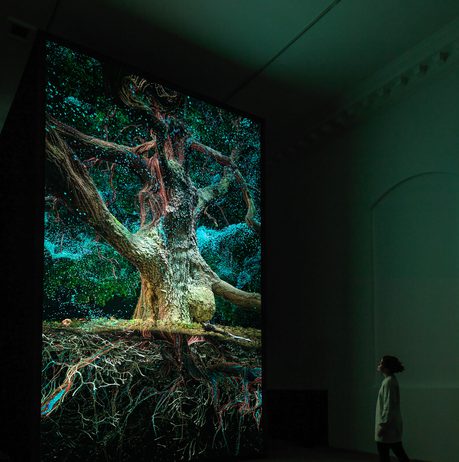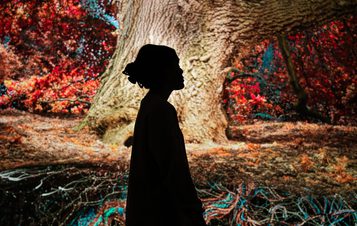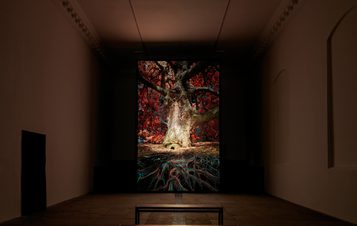
Marshmallow Laser Feast: Of the Oak
– ChapelAbout Marshmallow Laser Feast: Of the Oak
This winter, step into the Chapel to discover Of the Oak, an immersive sound and video experience by internationally acclaimed artist collective Marshmallow Laser Feast.
Projected on an enormous floor-to-ceiling screen, Of the Oak will bring the Chapel to life over the winter months, revealing the inner workings and interconnectivity of an oak tree and its surroundings, and the invisible networks that sustains one of nature’s greatest ecosystems – a captivating fusion of art, science and wonder.
Using LiDAR scanning, ground-penetrating radar, CT-scanned soil samples, and thousands of photographs, Marshmallow Laser Feast have created a remarkable “digital double” of Kew Gardens’ majestic Lucombe Oak.
The mesmerising large-scale video installation is accompanied by a surround-sound audio environment – composed from 24 hour recordings made by sound artist James Bulley and arborists at Kew Gardens and Wakehurst Kew’s wild botanic garden in Sussex – that fills the Chapel with the living soundscape of the oak.
Commissioned by Royal Botanic Gardens, Kew.
Using the Of the Oak digital field guide, visitors are invited to listen to the audio meditations and to learn about the oak’s ecosystem and its essential role in sustaining biodiversity.
The meditations can be enjoyed anywhere, but visitors can follow a walking route featuring several of YSP’s trees and historic landmarks hosted by Bloomberg Connects by scanning the QR code in the gallery or picking up the Of the Oak leaflet in the gallery. Please bring your own headphones as we are unable to provide these.
The walking route includes terrain including grass, gravel and paving, with areas of steep elevation which may not be suitable for all. Off-road mobility scooters are available to hire free-of-charge during your visit, please contact GalleryTeam@ysp.org.uk to reserve one. Please note one of the meditation locations is in an area where dogs are not permitted due to livestock.
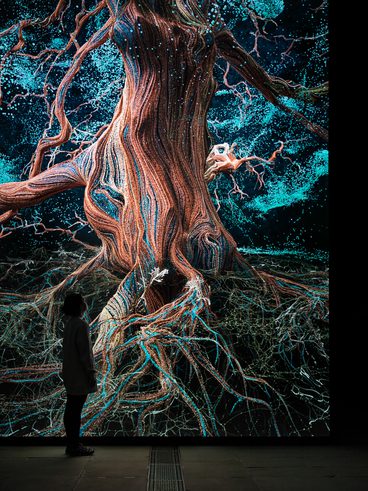
Exhibition Accessibility
The exhibition is located in The Chapel, which is a converted 18th-century building. It is an approximately 10-minute walk from the main Visitor Centre through the country park, down a steep sloping hill. Off-road mobility scooters are available to hire from YSP Centre free of charge.
Access to the Chapel is via steps or a grassed ramp at the main entrance. The ground floor has flat access throughout, with stone flagstones and a metal grate running the length of the gallery. The upper balcony is accessed by a steep, sharply turning staircase which may not be suitable to visitors with mobility issues.
There is bench seating available on the ground floor, and pew seating on the balcony. There are no public toilet facilities at the Chapel.
The exhibition includes moving images and an amplifed soundtrack. Ear defenders are available to borrow in the gallery and from the Information Desk.
For detailed information on accessibility at the Chapel, please see our accessibility guide.
Marshmallow Laser Feast Products
Browse the Of the Oak collection at YSP Shop.
You may also like
- News
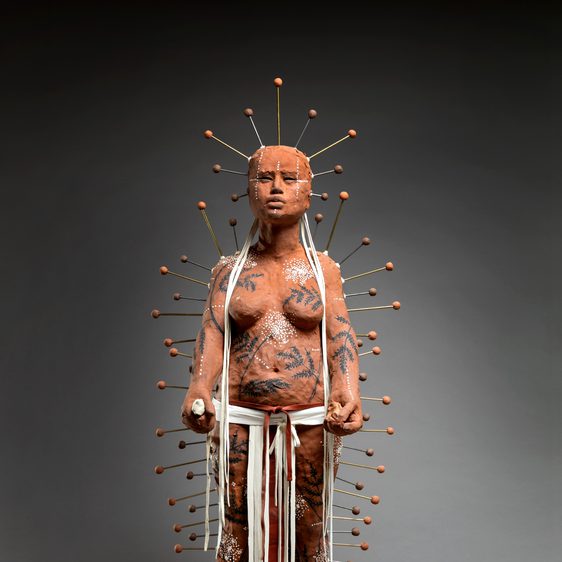
2026 Programme Announced
25 November 2025 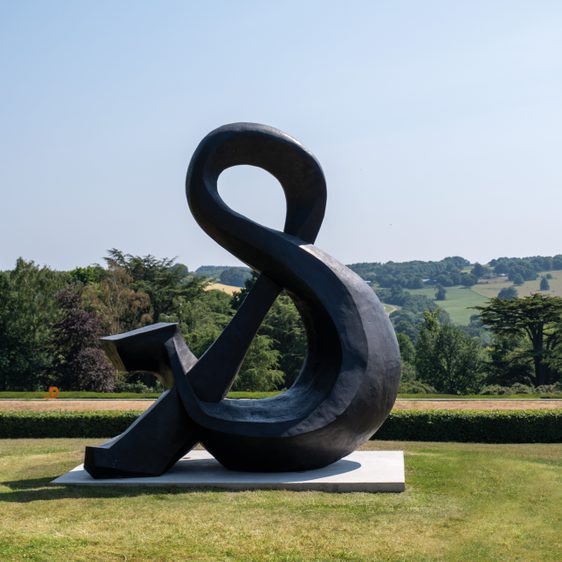
William Kentridge: The Pull of Gravity
–A must-see exhibition featuring new sculptures by the celebrated South African artist.
Jordy Kerwick: One to Give. One to Take Away
–Jordy Kerwick’s fantastical creatures come to life in sculpture and paintings in The Weston Gallery and outdoors.
Andrew Waddington: Betwixt and Between – The Poetry of Landscape
–Bringing the Cornish coast to Yorkshire, this exhibition features new paintings, prints, and drawings.
